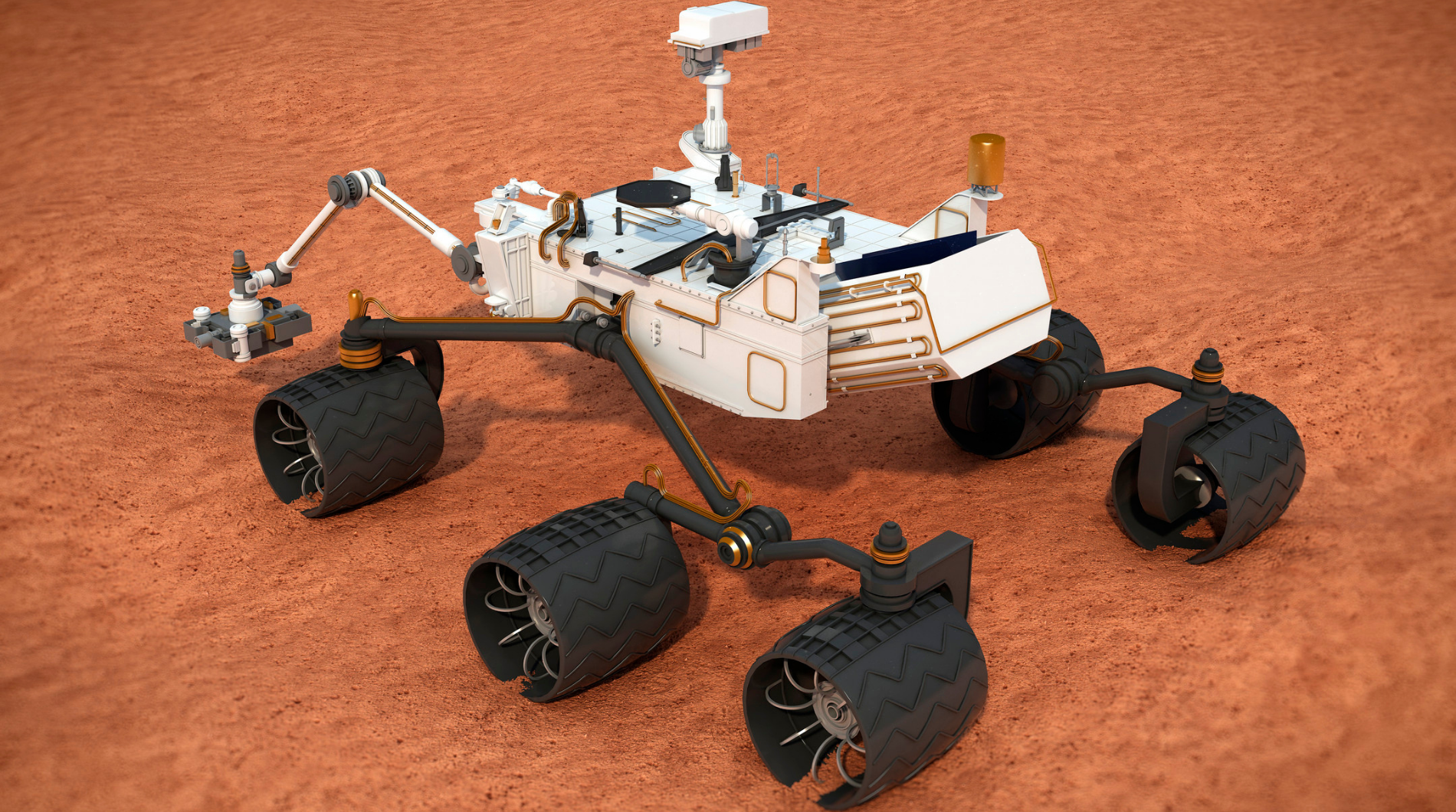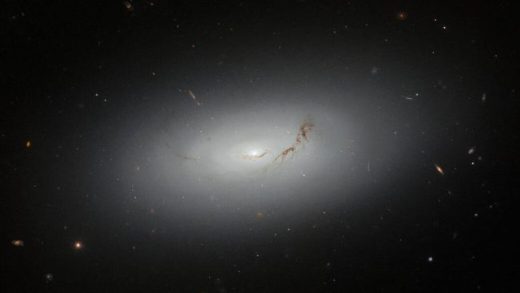Parallel universe of consciousness

The parallel universe is a product of human consciousness. The concept is a hypothetical assumption that there are many universes, each with its own space and time. It is also the name of a science fiction novel by Scottish author H. G. Wells about alternative earth that functions similarly to ours in some ways but has a different history and different people who are not aware of the existence of our Earth.
The novel’s title refers to a hidden story that goes along with this alternate world, the history behind it, which is not yet found in our reality. Whereas, consciousness is the awareness of self and surroundings, the thoughts and emotions of an individual; consciousness is a person’s personality. The parallel universe of consciousness refers to the aspect that has a different set of beliefs, values, ideas, and principles that are shared by others who have different experiences.
Is the “parallel universe” a product of the material world and so is the consciousness?

The hypothetical theory of the parallel universe gives way to these fascinating questions: What is the nature of consciousness? Is it a product of our material world, or do we exist in many more worlds that we cannot access? Are there infinite copies of ourselves inhabiting a megaverse, all leading different lives? Is the world we know and understand just one small part of our consciousness journey through an eternal multiverse?
These are the questions that fascinate many thinkers, scientists, and philosophers including Dr. Rupert Sheldrake. Dr. Sheldrake, an eminent biologist, believes the parallel universes to be entirely plausible and even probable. He bases his thoughts on the premise that both conscious beings and matter behave as though they’re under some form of universal law, which means material creation leads to conscious creation. In other words, if the cosmos is not solely made up of physical matter, but also contains an unseen order, the possibility exists for more than one universe.
Recently, scientists have detected radio waves from beneath the Antarctic ice with the ANITA (Antarctic Impulsive Transient Antenna) experiment, a balloon-borne experiment that’s sensitive to radio waves. All kinds of cosmic particles travel through space, including the ghostly neutrino. While some of those neutrinos come directly from the Sun, stars, or the Big Bang, some originate from colossally energetic astrophysical sources. There was a high probability that the radio waves observed by ANITA were coming up through Earth as neutrinos, but at energies that were so high that they could not pass through unaffected by the Earth.
Consciousness and Materialism
Now parallel universes are more than just sci-fi plotlines. There are scientific theories that substantiate the existence of parallel universes, despite being a controversial theories in science. Researchers now believe that multiple universes are possible or even very likely based on the mysterious inflation process and the Big Bang. As the theoretical physicist Alexander Vilenkin of Tufts University in Massachusetts explains, inflation did not end everywhere at the same time. While we can detect it ending on Earth 13.8 billion years ago, cosmic inflation actually continues in other places.
According to some physicists, there are only so many ways that building blocks of matter can arrange themselves as they cross a vast universe.
Then, is it possible that everything we experience – objects, events, thoughts – could all be part of a transcendental materialist order? Dr. Sheldrake believes this to be true: by observing how our universe is structured and how it behaves, such as with physical laws like gravity or natural selection; by studying how matter organizes itself into complex structures like plants and animals; by investigating why the universe has conspired to allow life on Earth to exist; Dr. Sheldrake believes that we have good reasons to posit that consciousness and matter are produced by a single, universal law.
Related Article:
Morphic fields and mimicry
This law is not one of the things that physicists work with or talk about, such as the laws of nature, properties of matter, or the speed of light; it’s something missing from these categories. Sheldrake calls these “morphic fields,” which are unseen forces operating across every level of both animate and inanimate objects. So while they’re not physical, they influence both matter and conscious beings equally.
When these fields emerge in physical objects, such as plants or animals (or even humans), they organize themselves into more complex shapes and patterns through what Dr. Sheldrake calls “mimicry”. Mimicry is the idea that one object, entity, or organism copies and adapts to another so that they are similar to it in structure. Mimicry occurs naturally in nature – for instance, a giraffe’s neck counts as mimicry because it is adapted specifically to fit the species’ needs; in a similar way, an armadillo’s carapace functions as mimicry for its own survival and growth.
The natural world is filled with instances of mimicry – so much so that Dr. Sheldrake believes this type of adaptation is at the root of evolution itself. He says, “Evolution is not purely a matter of chance, but an outcome of mimicry.”
The term “morphic fields” was coined by biologist Rupert Sheldrake in 1983 for the explanation and understanding of the morphogenesis (structure formation) process. It expresses the universal law that nature follows in organizing itself around its own principles and laws – or morphogenetic fields. As part of the cosmic evolutionary process, this makes it possible for life forms to develop and adapt through the transformations they undergo both into their own form and into their counterparts. Using this principle, biologists can now explain in more detail how morphology is formed and argues that it is the “key to understanding the formation of living organisms.”
According to some physicists, there are only so many ways that building blocks of matter can arrange themselves as they cross a vast universe. There must eventually come a time when any finite number of particle types repeat a particular arrangement. Hypothetically speaking, in a big enough space, those particles repeat arrangements as large as solar systems and galaxies.
According to Ethan Siegel’s 2015 Medium article, if the universe began at a finite point as nearly all physicists agree, a different version of you doesn’t exist.
The Hermeneutics of Nature
But what about consciousness? Is it possible that morphic fields also apply to our inner realities as well?
Lanza, an expert in regenerative medicine and a scientific director at Advanced Cell Technology Company, believes that consciousness exists outside of time and space, so it can exist anywhere: within or outside the human body. As explained by quantum mechanics, a particle can be anywhere: in the human body or outside of it. This is consistent with the basic postulate that a particle can be present anywhere and an event can take place in countless ways.
Dr. Sheldrake believes so: he says, “The phenomenon of natural selection can operate on the non-biological morphogenetic fields in order to produce new forms through which the same principles are expressed.” He goes on to say that if these fields were removed from animals and plants, we would not be able to perceive them.
Because of morphic fields, according to Sheldrake, the objective world is one of our own makings — it’s a collective consciousness that we all participate in, just like our personal thoughts or feelings. This means that thoughts, actions, and emotions are not only ways for us to interpret and understand the world around us; they are also mechanisms through which we shape reality.
In other words, our existence is guided by an unseen force as much as it’s driven by what our senses perceive – which makes these fields just as important in the way we think and behave as matter. In fact, Dr. Sheldrake says that the two are inseparable: “The universe is a self-regulating system of patterns and behaviors, and consciousness is an aspect of that system.”
Dr. Sheldrake’s Views on Evolution
We all know how Charles Darwin believed natural selection to be the driving force behind evolution, but if Dr. Sheldrake is correct in his assessment of morphic fields, then there is more to natural selection than meets the eye. He says: “Natural selection doesn’t select anything; it’s just the principle which causes complex systems to become better adapted to their environment.
“The real process behind evolution is the selection of pattern. This is done by morphic fields, which organize the patterns and behaviors of nature. And it’s not just biological evolution that is governed by these laws; it’s also social and cultural evolution.”
Recommended:
- Humans were to see aliens or aliens see us: What course of action would be taken by both sides?
- Death of Space-Time
- Clues of Mysteries about the Universe
If this were true, all available evidence would be required to prove Dr. Sheldrake’s theory of morphic fields – and while he says he has been able to prove this using scholarly and scientific evidence, he’s been met with equal amounts of scorn, skepticism, and censorship.
On the other hand, modern synthesis theory emerged in the 1930s and 1940s, and it’s what’s taught in schools today. It states that evolution is the result of mutations that survive (Mendel’s contribution) or don’t (Darwin’s process of natural selection).
Morphic Fields and Science
In reality, Dr. Sheldrake has not yet been able to prove or disprove the existence of morphic fields in a scientific context – this is a view that is shared by only a handful of other biologists, such as Nobel Prize winner Erwin Schrödinger, René Thom, and John Barrow. Further, morphic fields are still mysterious enough that nobody has been able to make them the basis for any sort of research.
To conclude,
In overall, the concept of parallel universes governed by morphic fields is too speculative to be proven or disproven – and while this may not be enough to satisfy all of Dr. Sheldrake’s peers, he believes that we must at least entertain this theory as a means of explaining “the most fundamental unsolved problem in biology: the origin of form.” This can’t help but satisfy our own curiosity about life, consciousness, parallel existences, and the entire physical universe, which is why it’s interesting and important to keep looking into it.
Auto Amazon Links: No products found.


